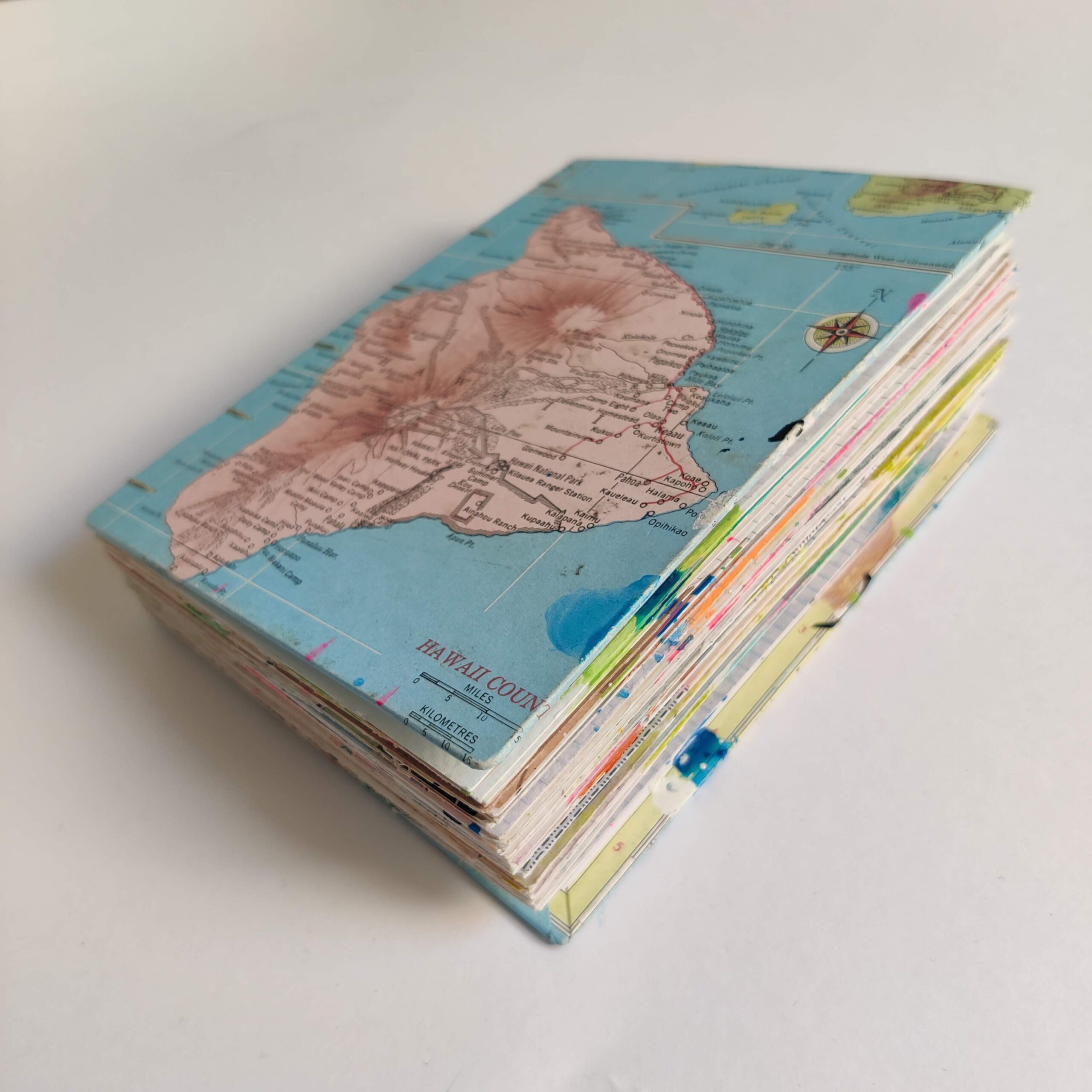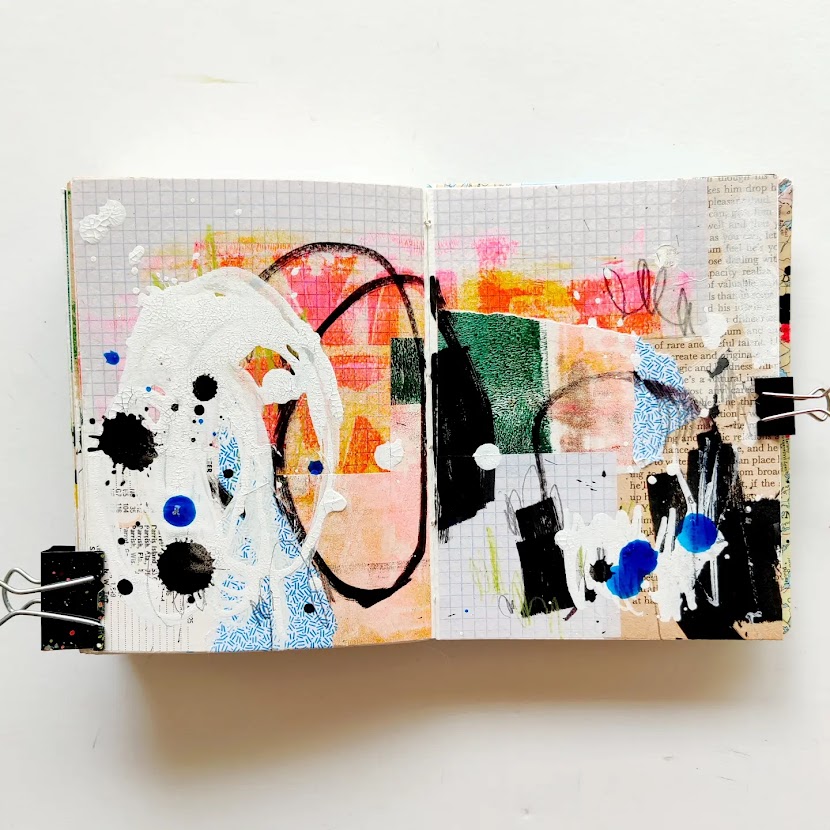Tag: my art journal
-
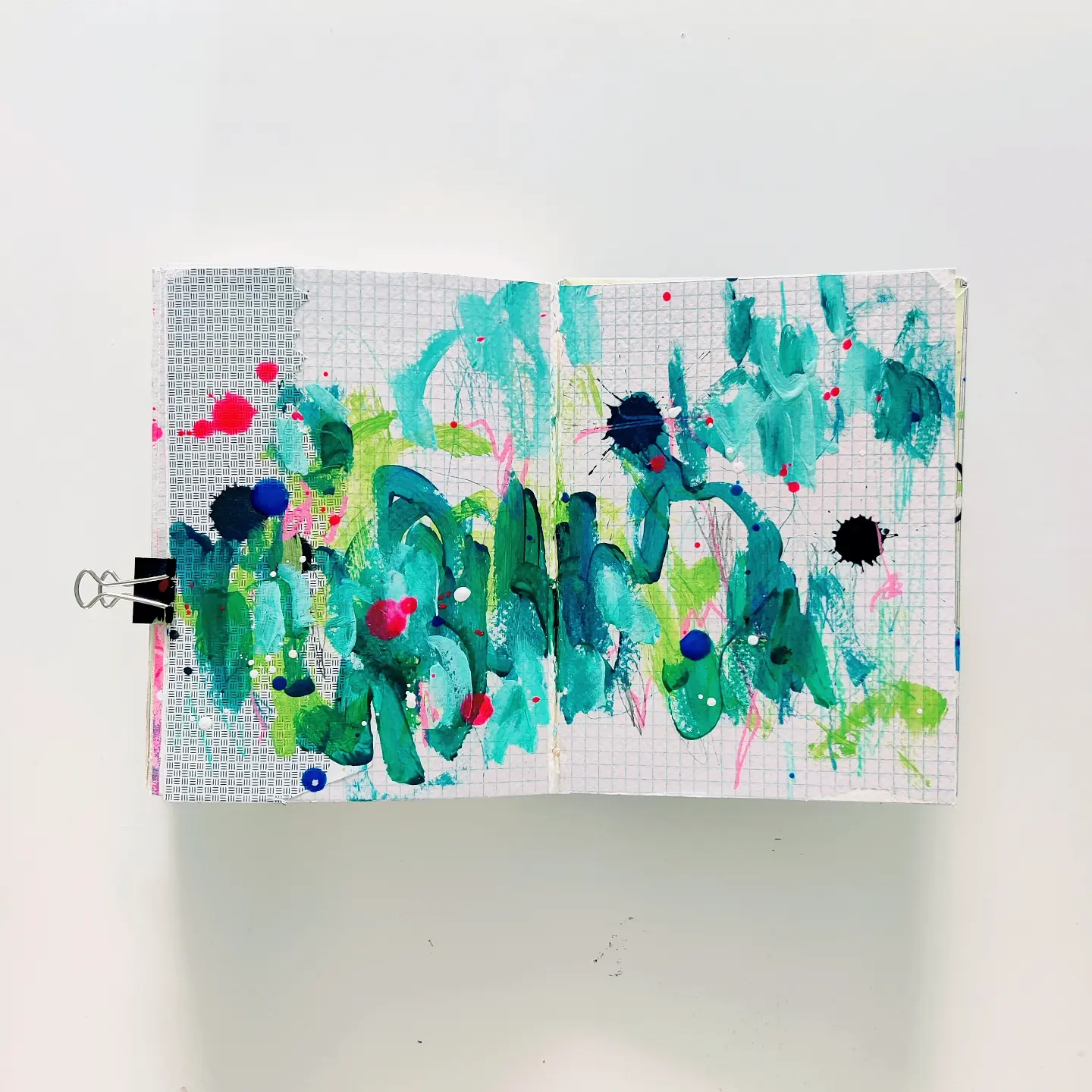
Why abstract art?
•
I admire photorealism: it takes a huge amount of patience and technical skill to represents external reality well. What I love about abstract art, though, is the conveying of emotion, experience, thought, and existence through form, color, movement, texture, and composition. It represents internal reality. When I create my work,…
-
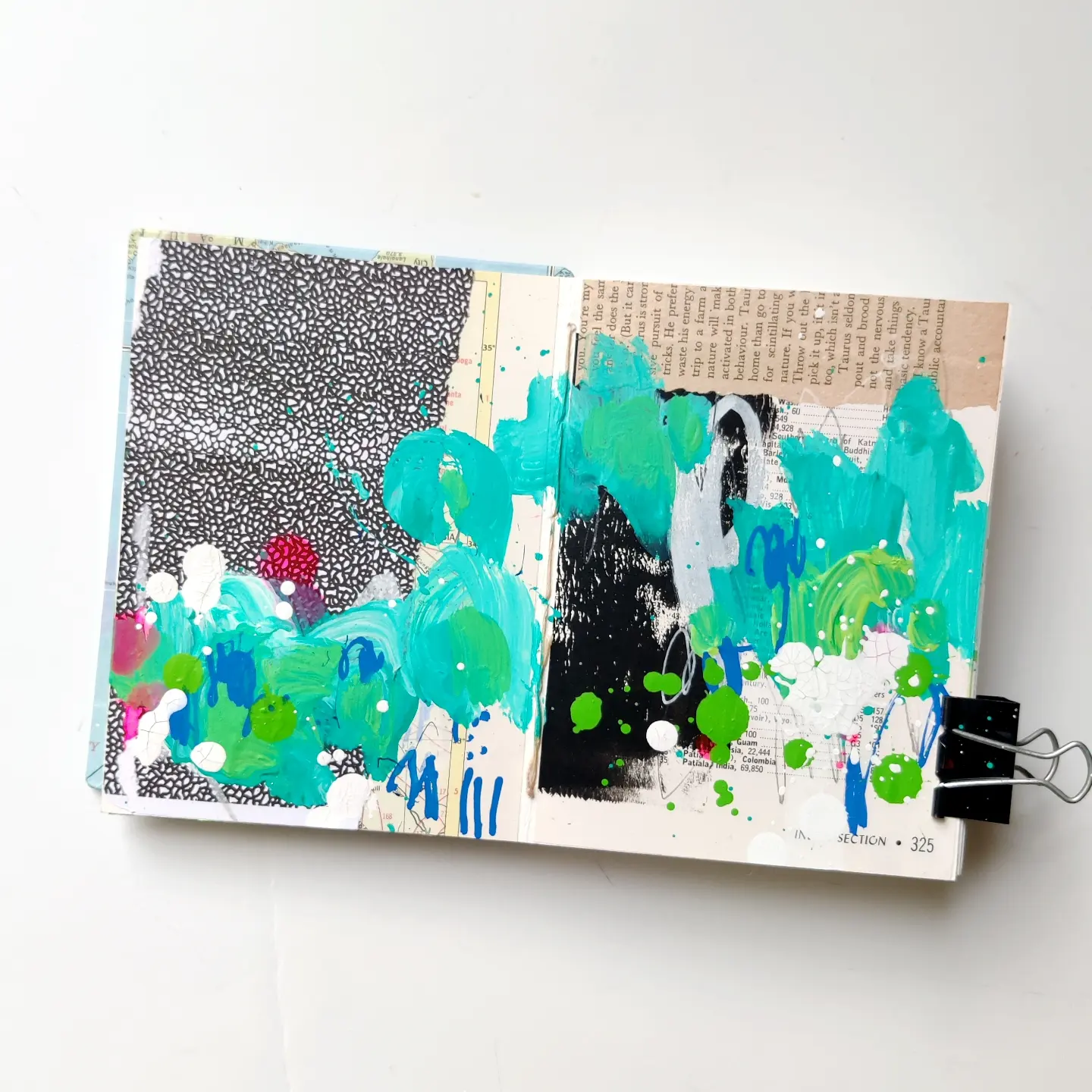
Hey, Artist
•
I have heard from a number of people over the course of my own creative journey who’ve said something along the lines of “I’m not an artist, but I’m interested in starting an art journal [or painting, or exploring collage]. Where do I begin?” First up: yeah, actually, you are…
-
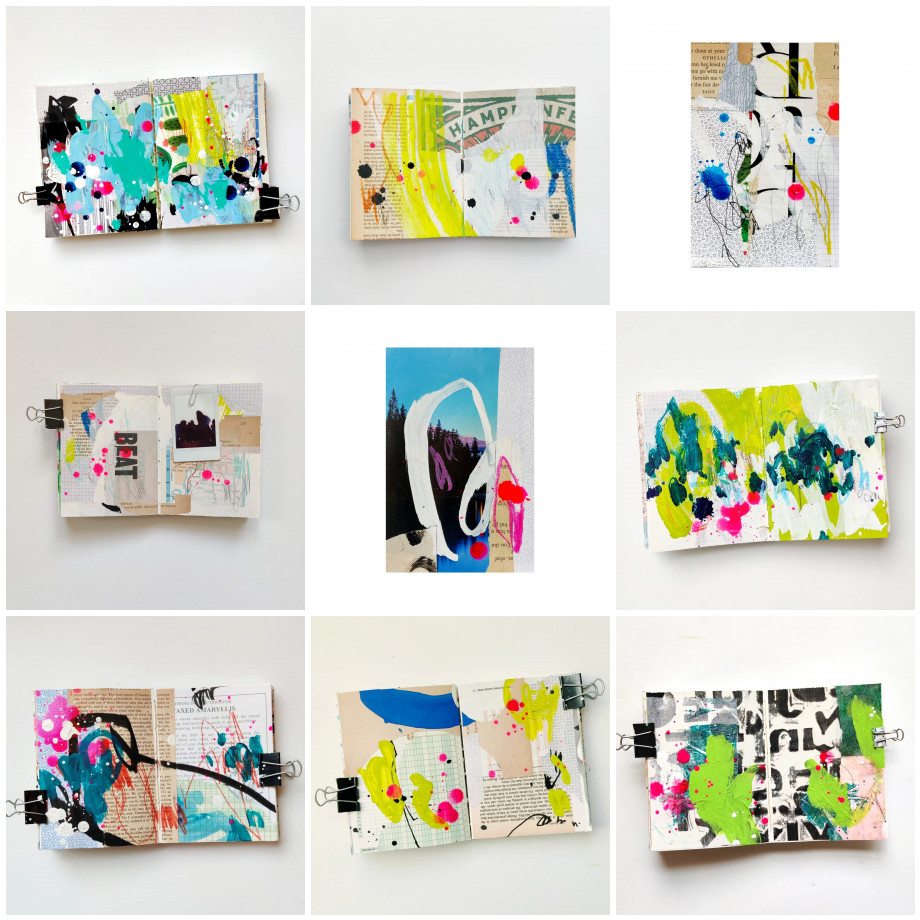
Top Nine (2022)
•
Here are my top nine most loved posts on Instagram this year: And here are my own top favorite posts:
